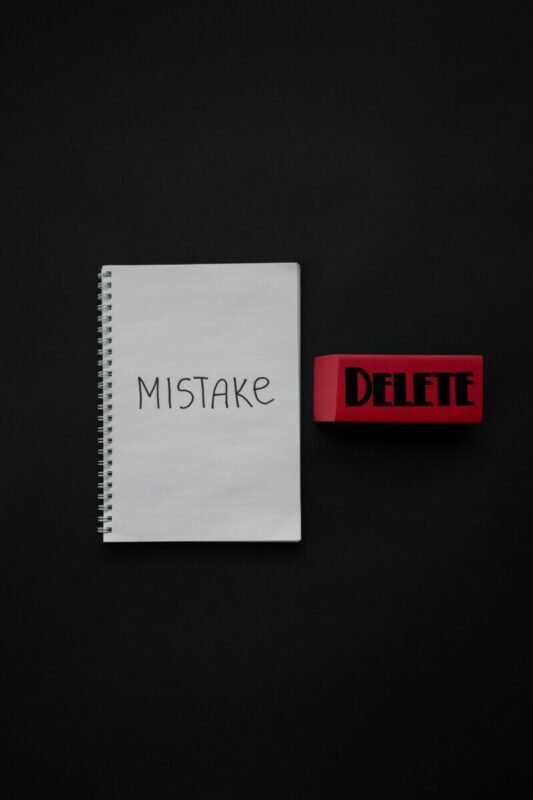We like to think of ourselves as rational beings: carefully weighing pros and cons, making decisions that make sense.
The reality?
Consumer behavior is rarely logical. And if you’re starting a business or building a product, ignoring this fact could cost you — or, if embraced, make you money.
1. People Don’t Buy What They Need, They Buy What They Want
Studies in behavioral economics show that:
Consumers often prioritize emotion over utility.
They buy things because of status, convenience, or perceived happiness, not because it’s objectively the best choice.
Think about it:
People will pay $5 for a coffee they don’t need, yet skip buying a $50 quality backpack that would last years.
2. Price Isn’t Always a Barrier
Higher prices can make products more desirable, not less.
People often associate cost with quality, prestige, or exclusivity.In other words, psychology trumps logic. If your business depends only on “better features for lower cost,” you may miss the market entirely.
3. Marketing Shapes Perception
Brand stories, emotional triggers, and social proof often drive decisions more than facts.
A product’s perceived coolness, trustworthiness, or trendiness can matter far more than its actual function.This is why viral products or luxury items sell at prices that seem irrational to an outside observer.
4. Follow the Money
If consumer behavior is illogical, how should businesses respond?
Track where the money is actually flowing, not where you think it should go.
Identify industries, niches, and demographics that spend enthusiastically.
Don’t rely on what “makes sense” — look at real purchasing behavior.
For example:
Fitness trackers sold to health-conscious consumers, not only tech enthusiasts.
Coffee subscriptions selling millions despite cheaper home options.
Microtransactions in mobile games generating billions worldwide.
The key?
People spend where they emotionally want to, not where you rationally think they should.—
5. Practical Takeaways for Entrepreneurs
1. Observe real spending patterns. Don’t rely on surveys or assumptions.
2. Follow the high-spending niches first. Target the people who are already willing to spend.
3. Leverage emotional triggers. Packaging, storytelling, and social proof matter more than technical superiority.
4. Test and iterate. Consumers’ reactions are the only truth — logic is secondary.
In business, rational assumptions about consumer behavior are often wrong.The smartest entrepreneurs don’t chase logic — they follow the money where it flows, understand the emotions behind it, and build products that people actually want to spend on. In a world of irrational decisions, the surest strategy is simple: observe, adapt, and follow the spending.


